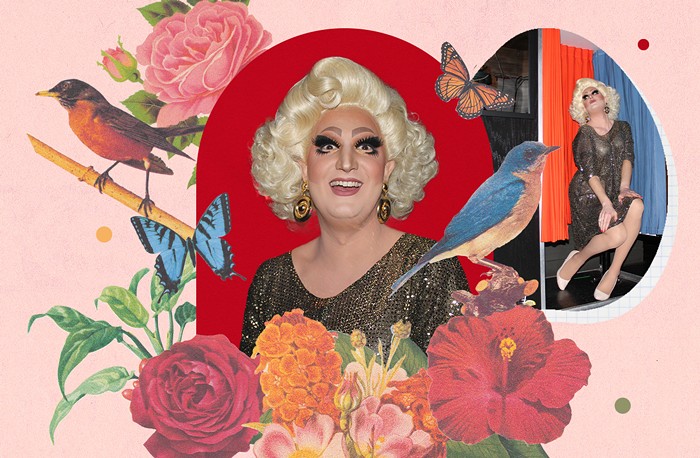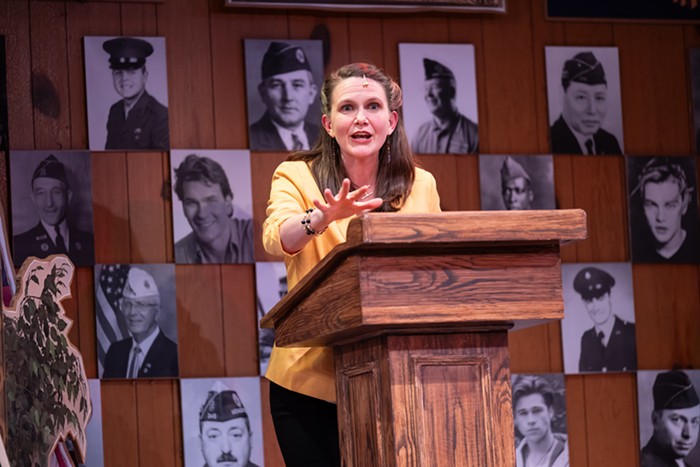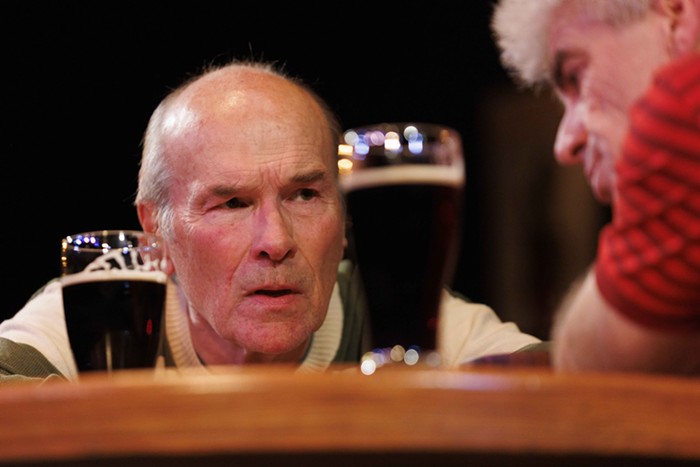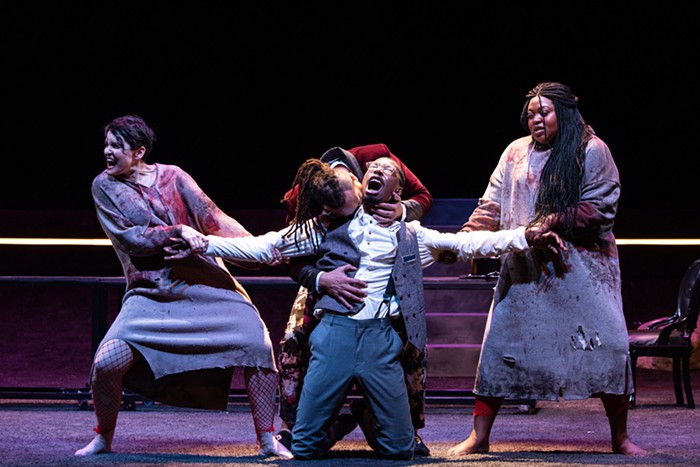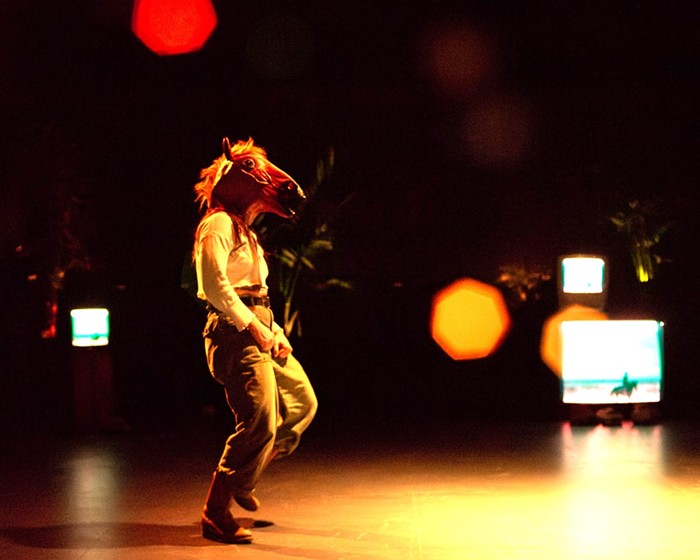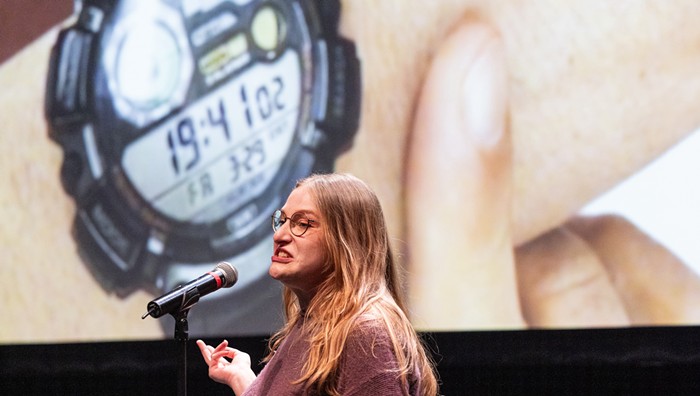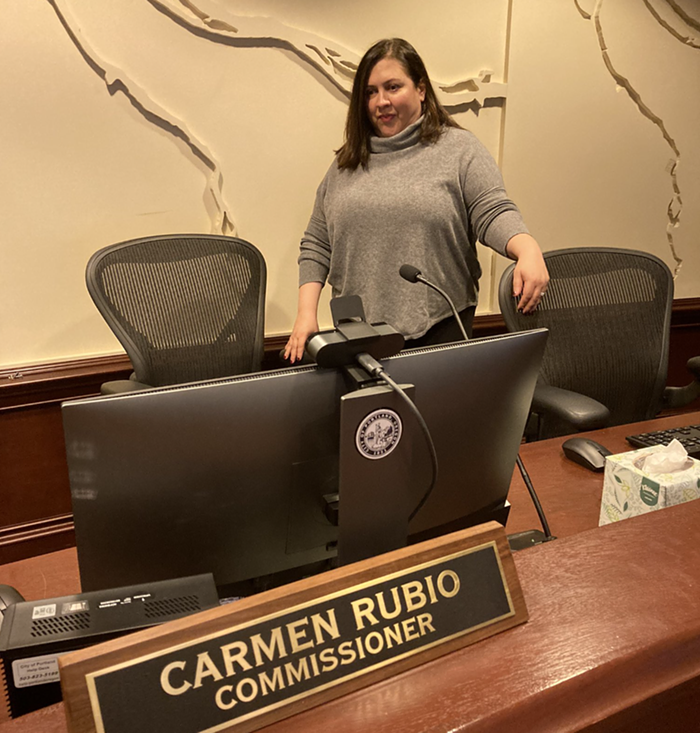The best stage productions are those that make me forget I'm in a theater. It's a rare play that distracts me enough that I'm not aware that those on stage are actors spouting a playwright's speeches. Profile Theatre's production of The Heidi Chronicles succeeds in being engaging to this point of distraction. The material and the acting are clever and accomplished—at least for the first two-thirds.
The Heidi Chronicles—a 1989 Pulitzer and Tony Award-winning play—is one of Profile's productions from a series of Wendy Wasserstein's plays. The play follows Heidi, a Vassar-educated woman, from high school in mid-1960s Chicago to late '80s New York. Via seemingly insignificant events (a McCarthy fundraiser in 1968, a women's group meeting in the '70s, an informal lunch in the mid-'80s), the audience gets to know Heidi pretty well without many weighty monologues. The play is often funny (though the humor is heavily geared toward Baby Boomers) and admirably constructed: The scenes never plod until the second half of the second half, wherein the requisite speeches take place. Though monologues of this sort are not unexpected, they seem unnecessary here. To this point, Heidi's inner turmoil is wonderfully clear without heavy-handed oral introspection. That said, the acting is commendable—most notably Lori Ferraro as Heidi's best friend, and Ina Strauss, whose presence is striking in the several roles she plays.
Though I can't be certain whether Profile strove to accomplish this, the play has a tangible late-'80s/early-'90s feel to it that cannot easily be shaken from the original text. Wasserstein's plays—like those of her contemporaries Paula Vogel and Tony Kushner—were edgy when I read them in college over 10 years ago. The feminist subject matter, the gay primary characters, the ribald-but-learned jokes all contributed to a then-modern (yet still somewhat traditional) theater that now seems somewhat quaint. That's not to say that The Heidi Chronicles is no less humorous or entertaining than it was when I first read it in the mid-1990s. Now, however, rather than symbolizing the future of theatre (as it did in 1988), it plays like a period piece.
